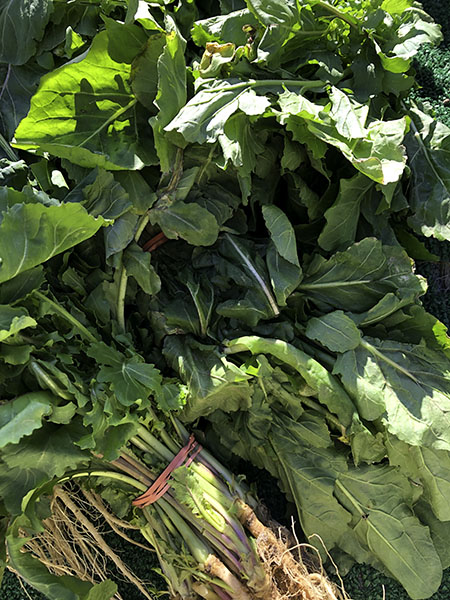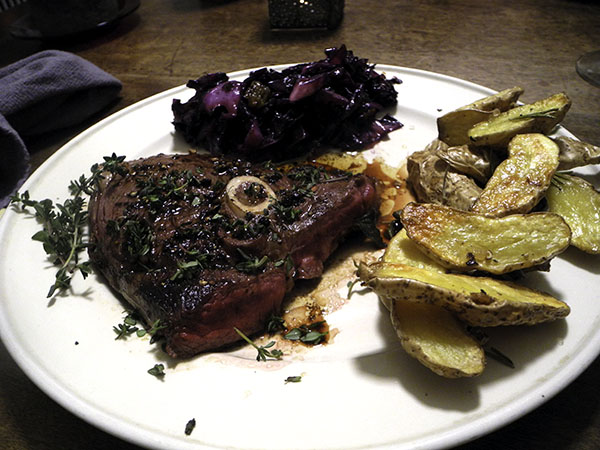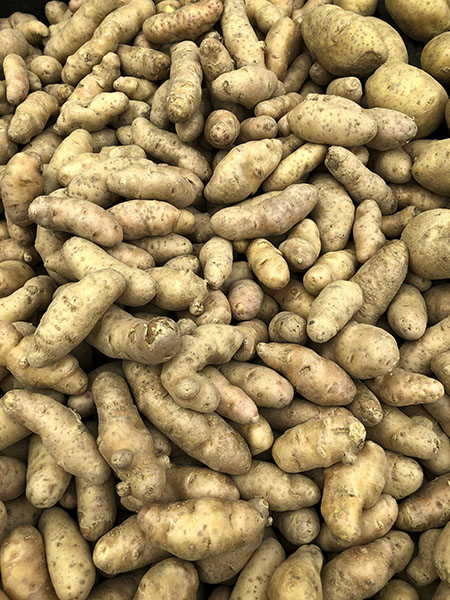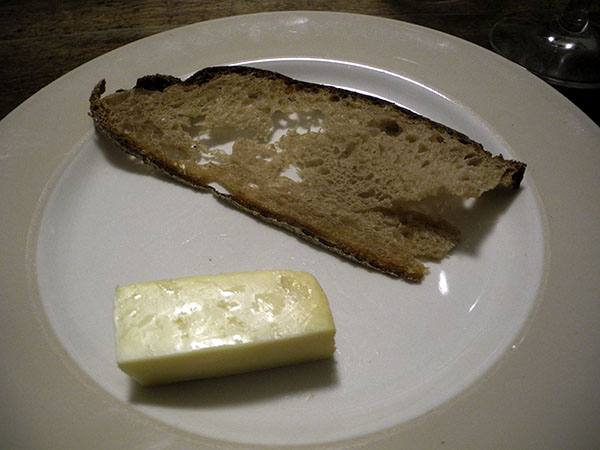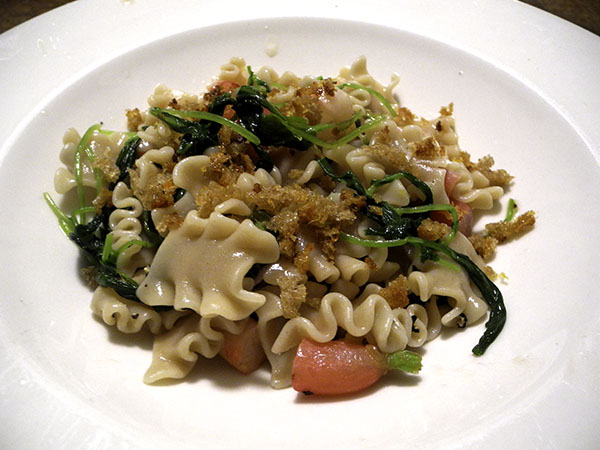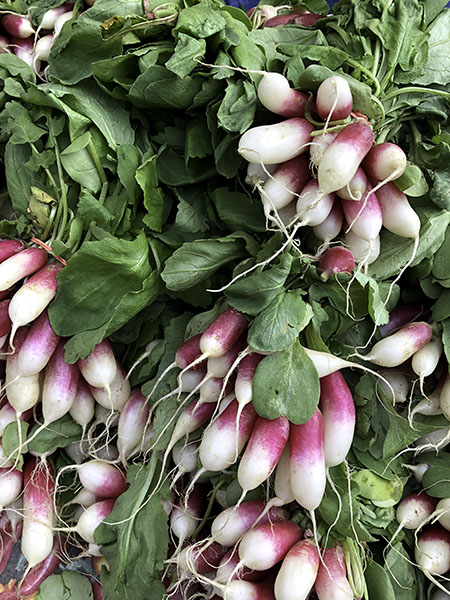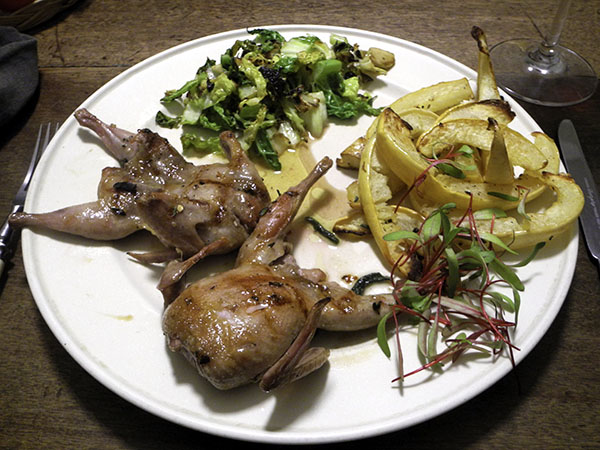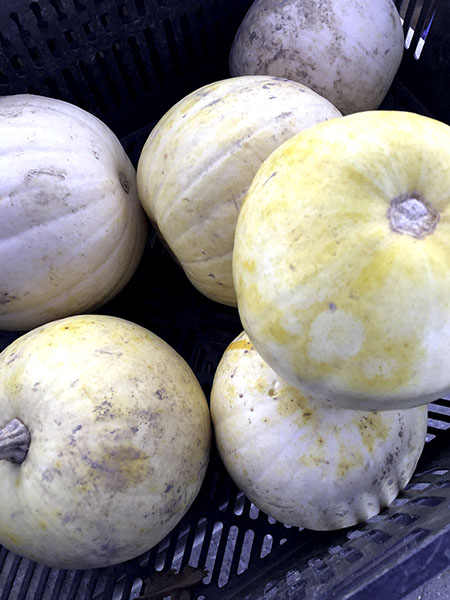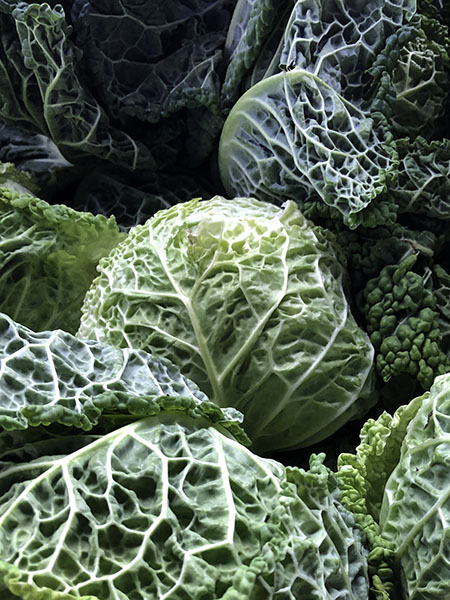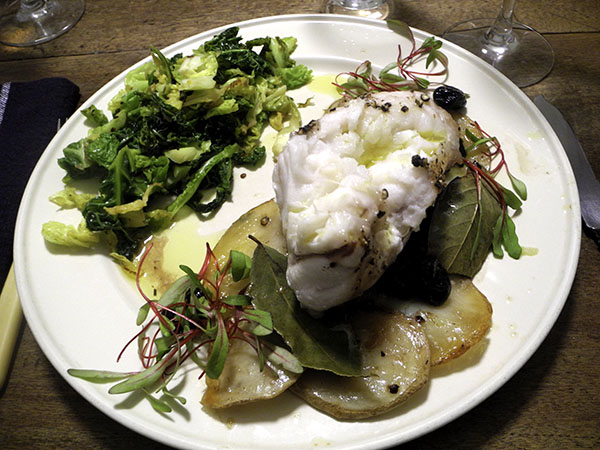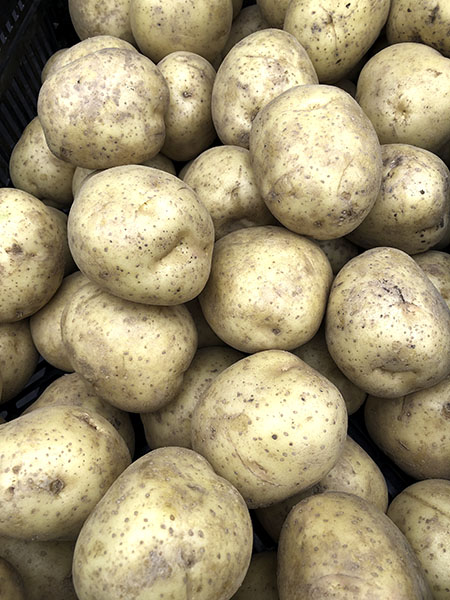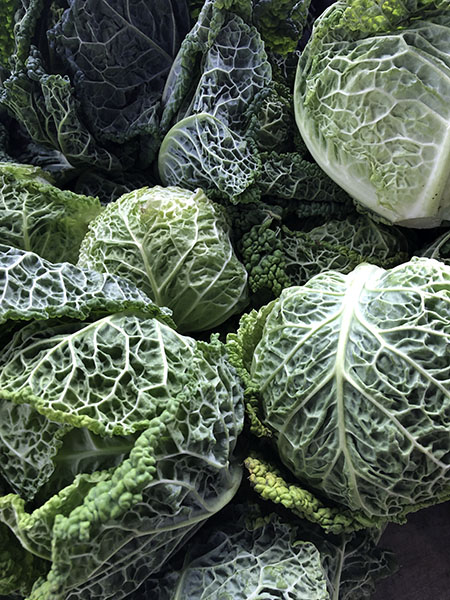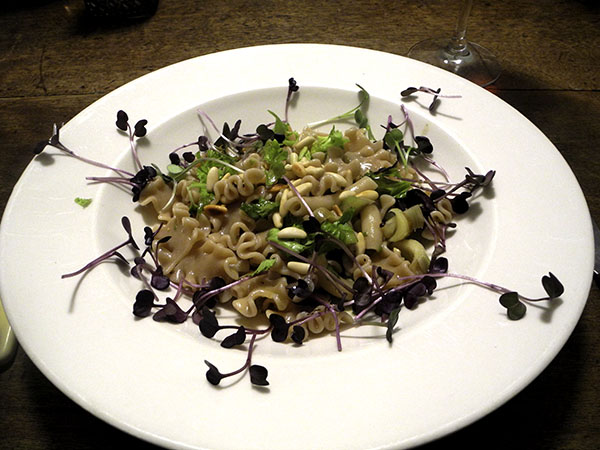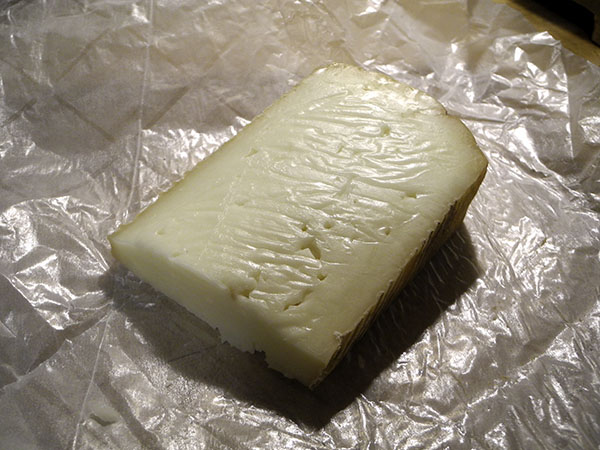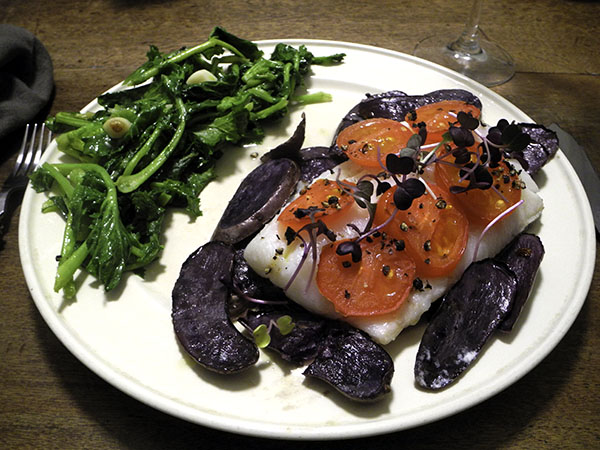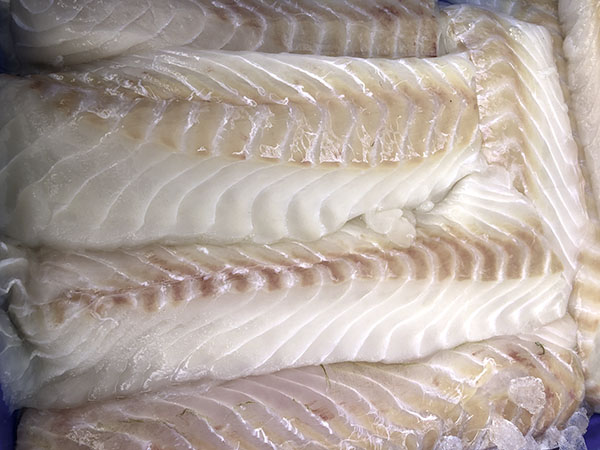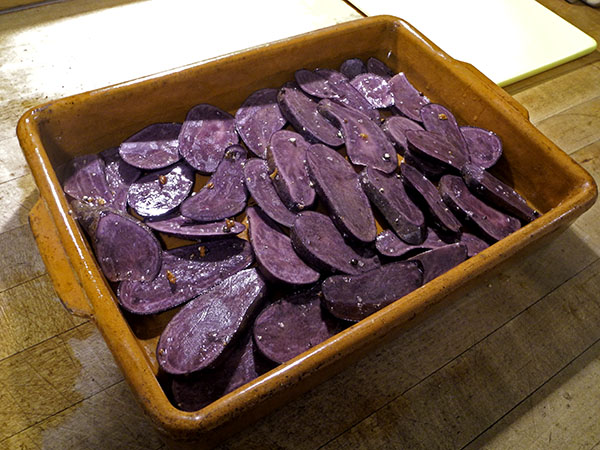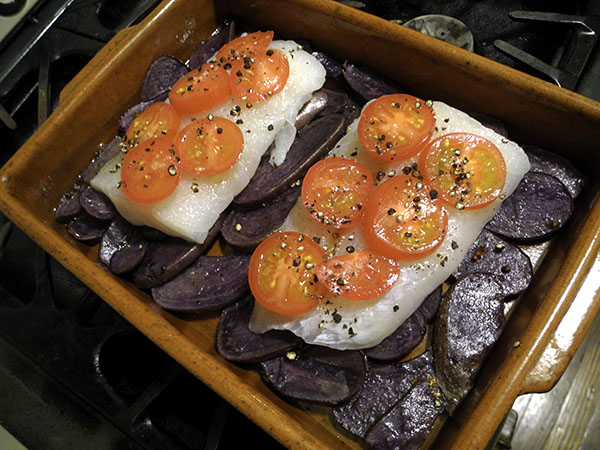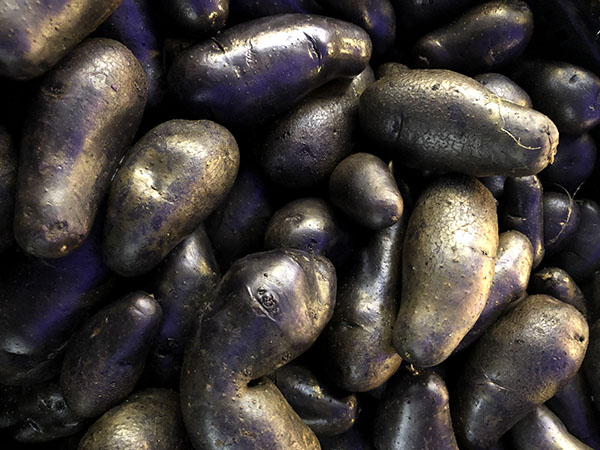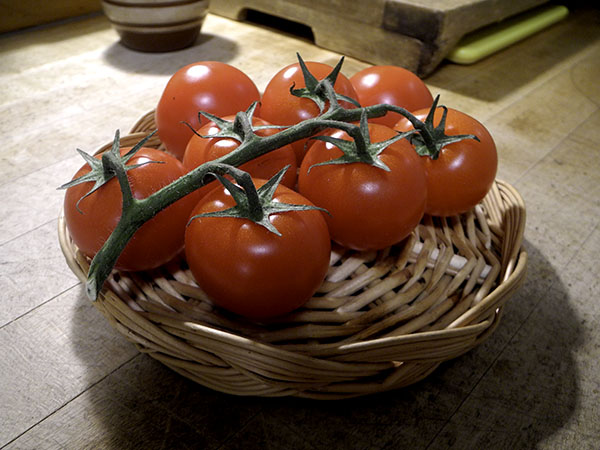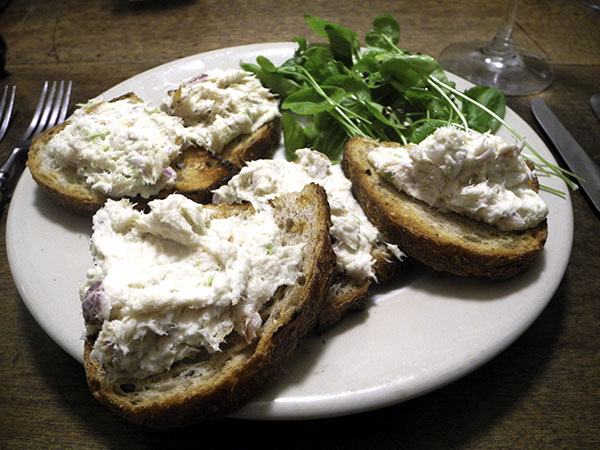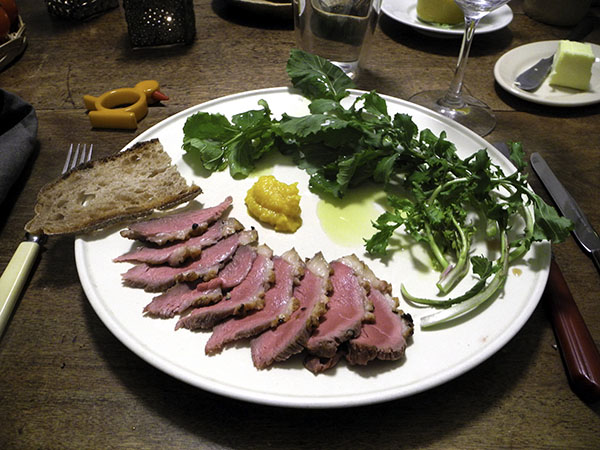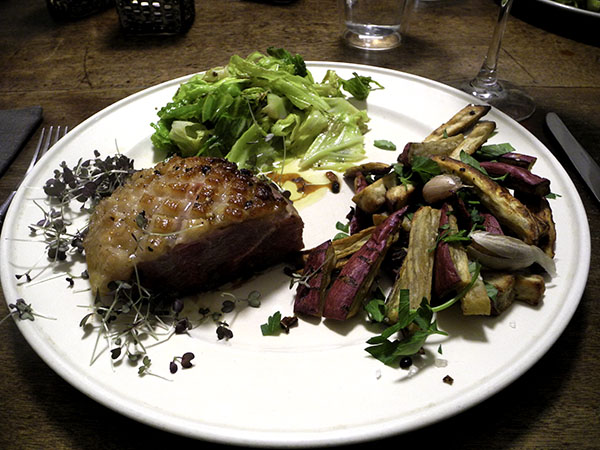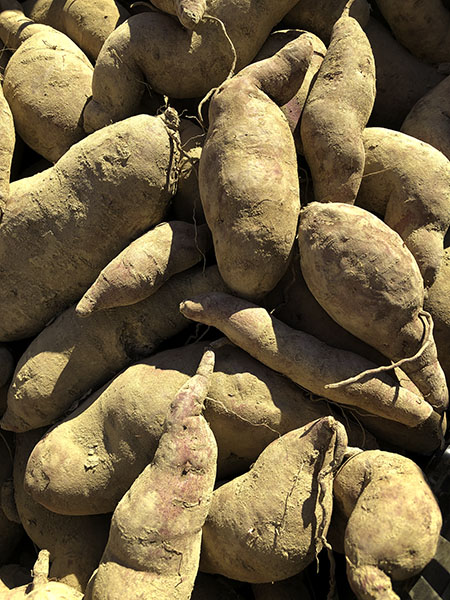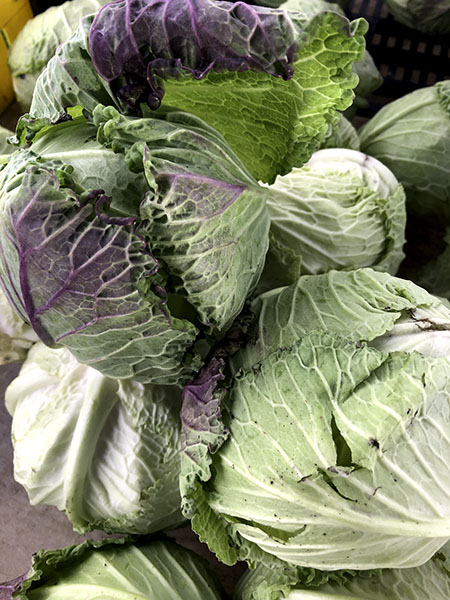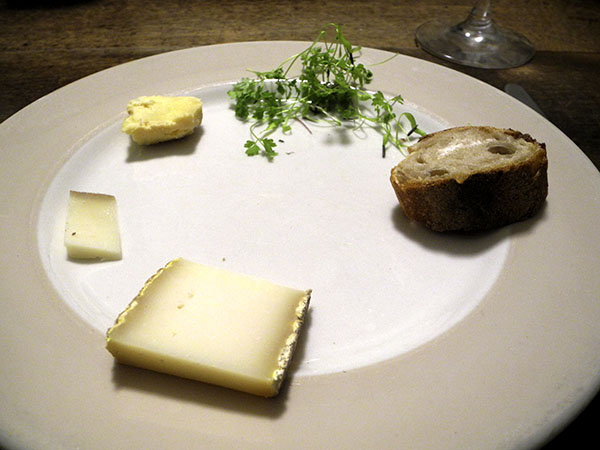
We hadn’t enjoyed any seafood in days, an unusual dry spell for us. Normally we would have had some on Monday, but the fisher people from Eastern Long Island who are normally there that day, didn’t make it, like almost every other producer, because of the severe cold and wind.
So It seemed like a good night for wild salmon, whose availability in East Coast markets does not depend on good weather (sold fresh during part of the year, or frozen in the months when fishing is proscribed) nor does it’s enjoyment. In fact, with the right seasonings and the right accompaniments, it pairs very well with even the coldest, most blustery winter weather.
The recipe I used, which I’ve borrowed over and over again, with few alterations, but sometimes with an embellishment or two, came originally from Katy Sparks, via Mark Bittman, and it’s a little more precise than my description that appears below.
- one 18-ounce fillet of wild Pacific coho salmon (previously frozen, because of the season) from Chelsea Whole Foods Market, its skin carefully peeled off on top of the kitchen counter, halved, seasoned on both sides with sea salt and freshly-ground black pepper, the former skin side pressed with a mixture of roughly ground coriander seeds, cloves, and cumin seed, and some grated nutmeg, that side placed onto the surface of an enameled, oval cast iron pan in a mix of a little olive oil and butter that had already been heated over medium-high heat until the fat had shimmered, sautéed for only 2 or 3 minutes, then turned over and cooked for another 2 or 3 minutes, arranged on the plates and garnished with a little micro red mustard from Two Guys from Woodbridge
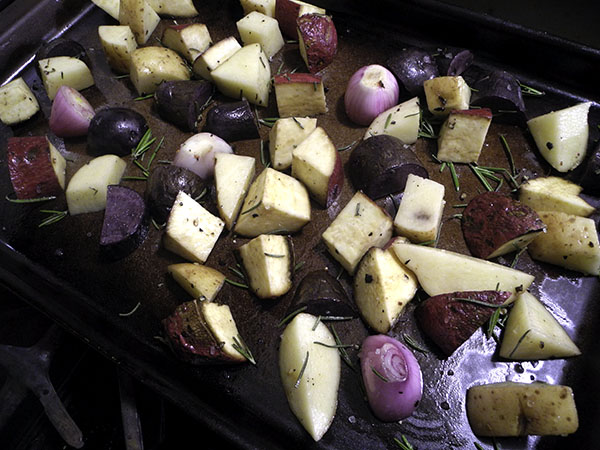
- three different kinds of potatoes that I already on hand, but none of them would have been sufficient in quantity to serve as a side by itself, all unpeeled, scrubbed and cut into approximately 3/4″ pieces (one large Kennebec potato from Mountain Sweet Berry Farm, which turned out to be a natural for this roasting treatment; one large Japanese sweet potato from Race Farm; and 2 medium-size ‘Magic Marley’ purple fingerlings from Norwich Meadows Farm, plus 2 large halved ‘yellow shallots’ from Norwich Meadows Farm, all tossed together in a bowl with less than two tablespoons of olive oil; sea salt; freshly-ground black pepper; one crushed piece of a mahogany-colored home-dried dark, dried heatless Habanada pepper acquired 2 summers before as fresh peppers from Norwich Meadows Farm; a really tiny dusting of a dried hickory smoked Jamaican Scotch bonnet peppers from Eckerton Hill Farm; and the leaves from several sprigs of rosemary from Eataly, everything arranged, without touching, on a large, well-seasoned Pampered Chef unglazed ceramic pan and roasted in a 400º oven for about 35 minutes, then sprinkled with 2 sliced garlic cloves from John D. Madura Farm, and some small fresh-but-drying-out sage leaves from Philipps Farms and shoveled around a bit with a spatula, removed, divided onto 2 plates
- a couple handfuls of arugula from Philipps Farms, dressed with a small drizzle of a house Portuguese olive oil from Whole Foods Market, Maldon salt, black pepper, and a few drops of a Napa Valley red wine (‘Chianti’) vinegar
- the wine was a wonderful French (Burgundy/Beaujolais) red, Domaine des Cotes de la Moliere Moulin a Vent 2014, from Copake Wine Works
- the music was Wagner’s first completed opera (unperformed in his lifetime), finished in 1833 when he was 20, ‘Die Feen’, Wolfgang Sawallisch conducting the Bavarian Radio Symphony Orchestra and the Bavarian Radio Chorus, with June Anderson, Linda Esther-Gray, Krisztina Láki, Kari Lövaas, Cheryl Studer, John Alexander, Friedrich Lenz, Norbert Orth, Roland Hermann, Roland Bracht, Kurt Moll, and Jan-Hendrik Rootering (Having heard the opera at least once before, but not this particular performance, we were surprised to find that ‘Die Feen’ wasn’t bad Wagner, which is pretty good; the quality of this performance certainly contributed to its success.)
